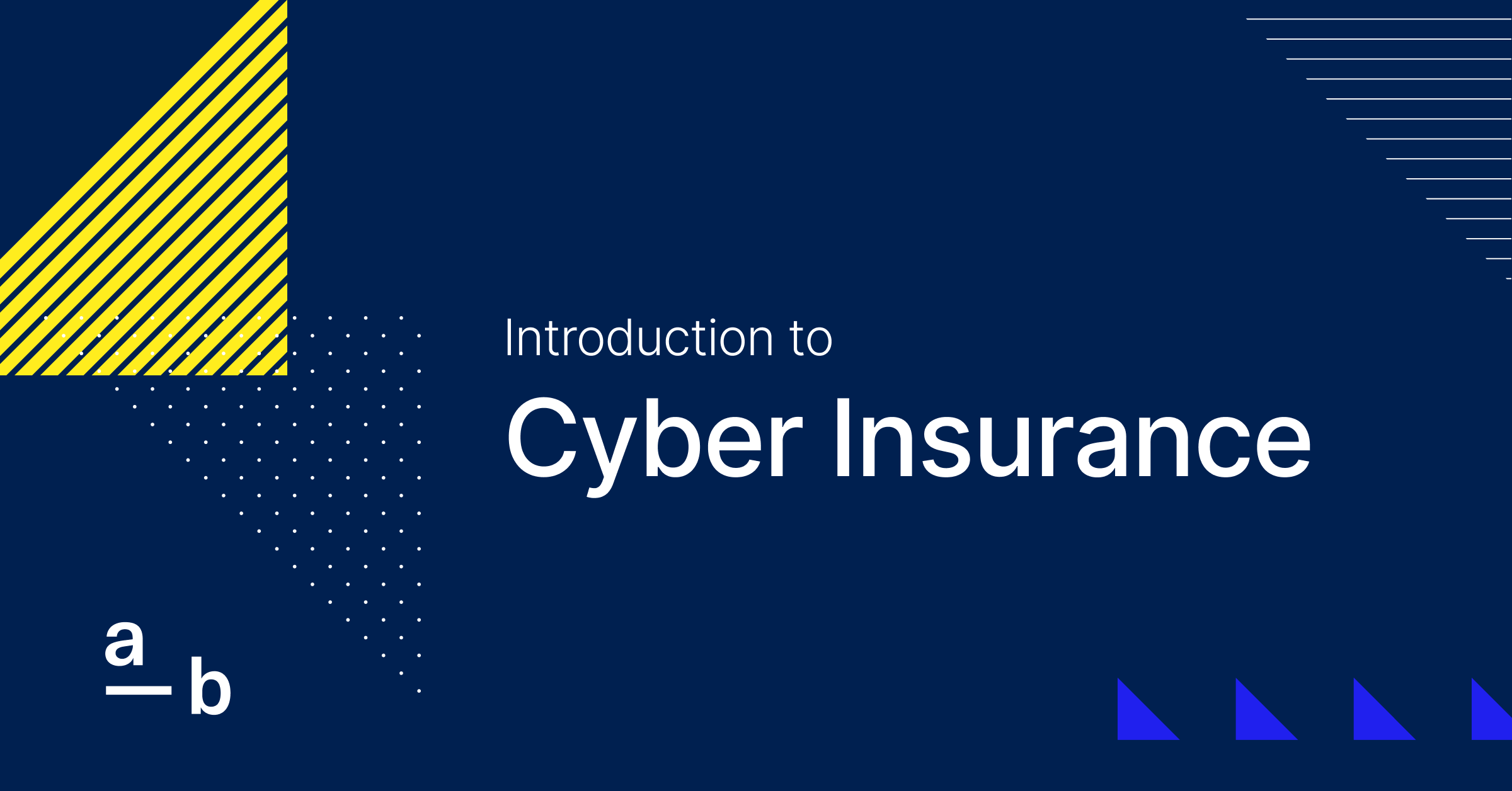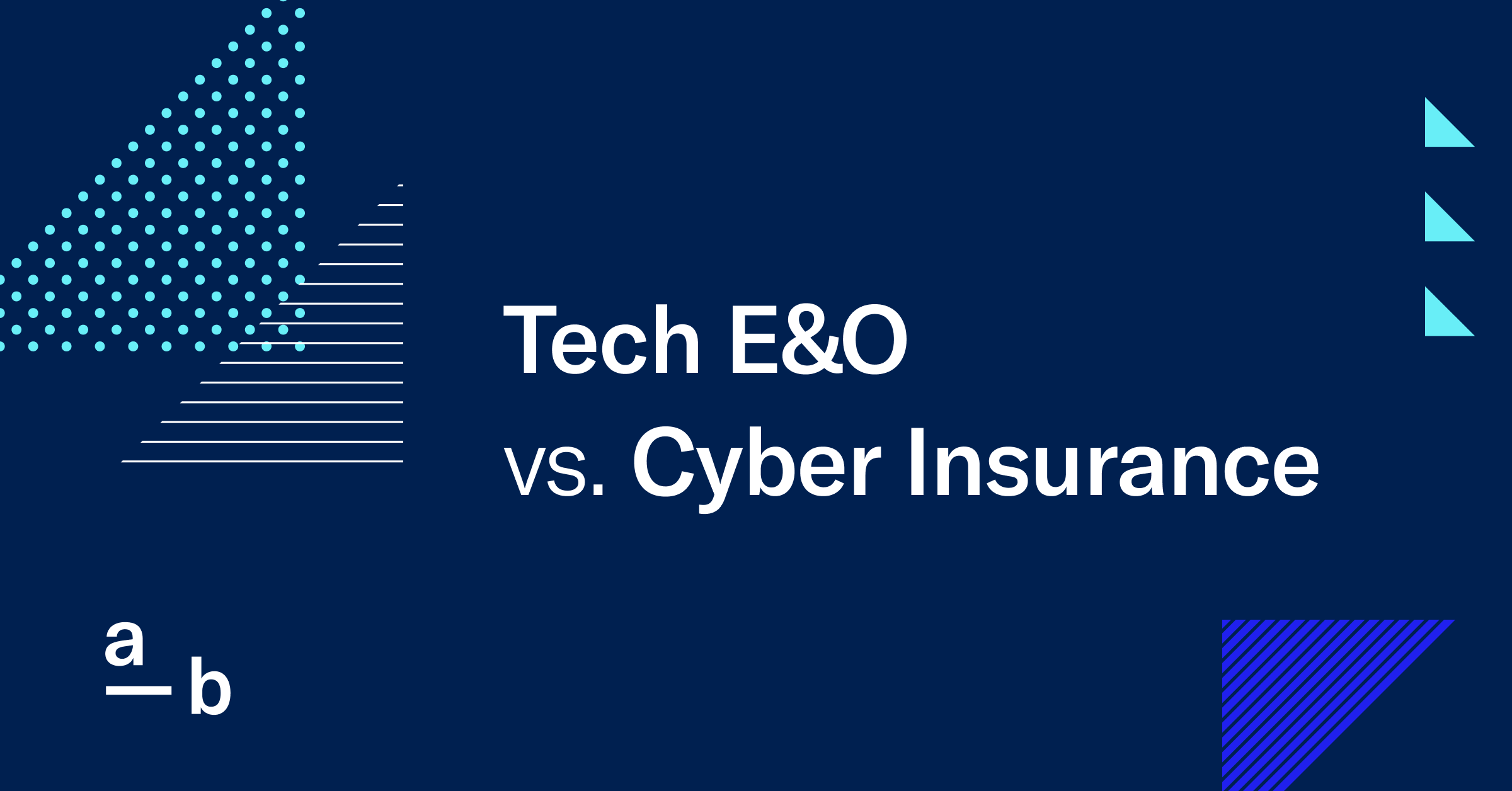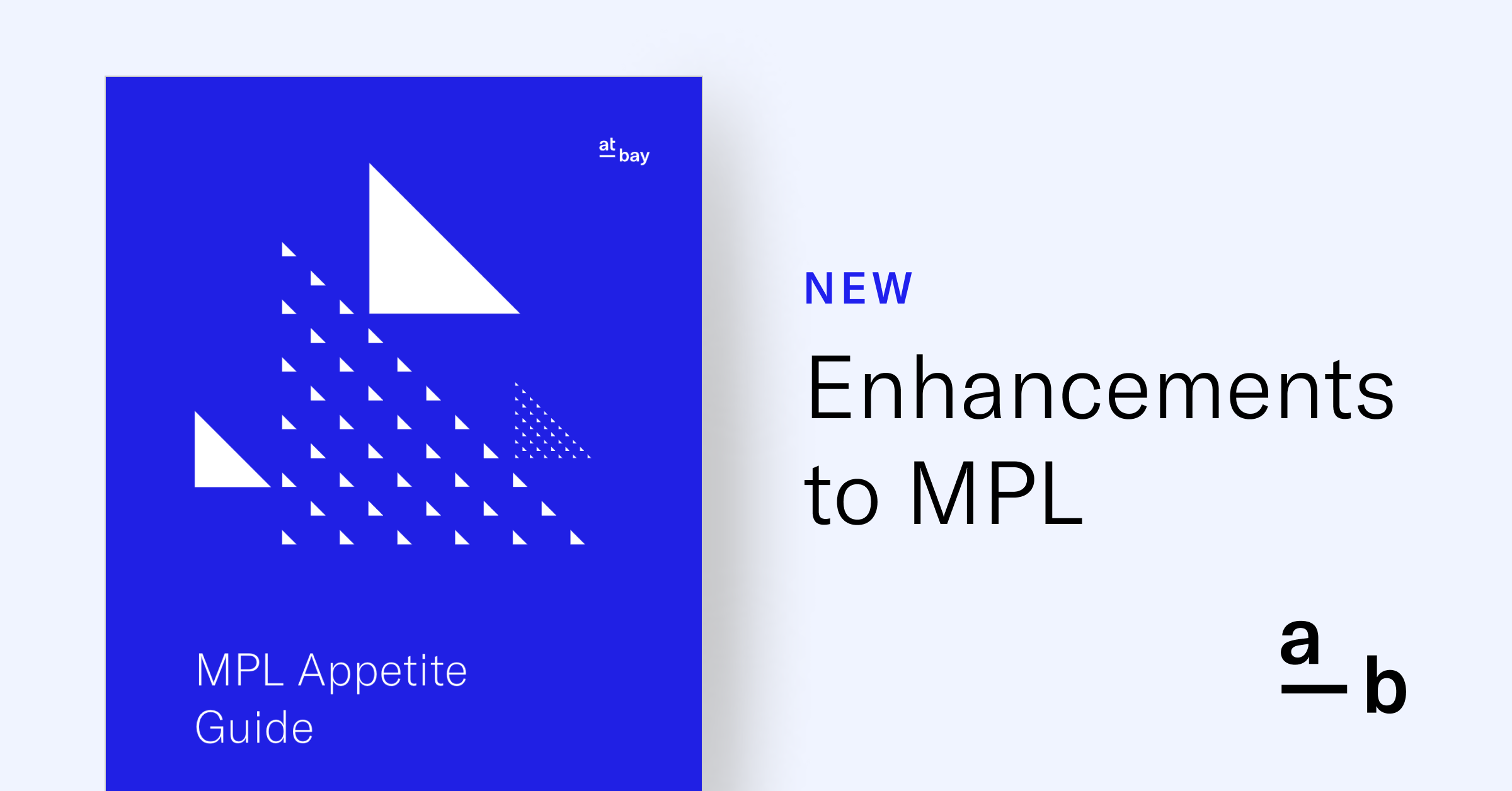Article
The Basics of Cyber Insurance Underwriting
Assessing cyber risk, evaluating coverages, and determining policy premiums
Businesses rely increasingly on technology, and the importance of securing your digital assets can’t be overstated. However, accessing the right security tools and expertise is incredibly difficult and expensive for most small businesses, which is why cyber insurance has become the single most important risk management mechanism in the ever-evolving threat landscape.
Cyber insurance underwriting forms the basis of every cyber insurance policy by determining policy premiums. It’s necessary for assessing and quantifying risks and evaluating the coverage tailored to applicants’ unique organizational needs.
Introduction to Cyber Insurance Underwriting
In a digital age where cyberattacks are often not a matter of “if” but “when,” businesses of all sizes and industries are recognizing the growing importance of cyber insurance. This type of coverage serves as a safety net, offering protection against the financial fallout from data breaches, ransomware attacks, and other cyber incidents.
Cyber insurance underwriting involves a meticulous evaluation of an organization’s risk profile, which allows insurance providers to be selective about the risks they insure and provide coverages tailored to the specific needs of policyholders. It serves as the foundation for the entire insurance process, ensuring that the policies are both comprehensive and financially sound.
Key Components of Underwriting in Cyber Insurance
The following components make up the foundation of the underwriting process.
Cyber Risk Assessment
The first and most important step in cyber insurance underwriting is cyber risk assessment. This involves the identification of potential risks and vulnerabilities within an applicant’s digital infrastructure. The assessment relies on historical data and predictive analysis to understand the likelihood of various cyber incidents. It also considers what, if any, tools and controls applicants have utilized to protect themselves and their networks from cyberthreats.
For cyber insurance providers with a preventative approach, this process extends beyond mere identification. It also includes risk management strategies, helping organizations improve their security posture to reduce their attack surface before binding a policy.
This proactive underwriting method helps safeguard policyholders against potential financial losses, making it a crucial component of an InsurSec approach.
Premium Determination
The determination of premiums for cyber insurance policies is a complex undertaking. Actuaries partner with underwriters to perform this task, assessing risk via mathematical and statistical techniques to ensure that premiums are priced correctly.
Various factors can come into play in calculating the cost of your policy, including:
- Company Size: Larger organizations often have a more extensive tech stack, meaning they have more potential points of entry for attackers. However, smaller businesses may not have the same security budget, resources, or personnel as large enterprises, leaving them potentially vulnerable to financial and reputational damage from a cyberattack.
- Industry: Different industries have varying levels of cyber risk due to the nature of their operations, the types of data they handle, and the attractiveness of their assets to cybercriminals. For example, the healthcare industry often deals with highly sensitive patient data, making it a prime target for attacks. Financial institutions and other businesses that interact with sensitive data are also at a higher risk than other types of businesses.
- Security Posture: When it comes to security, an organization’s people, processes, and technologies can influence premiums. Having key security controls in place may translate into lower premiums.
- Data Handling Practices: Data handling practices like least-privilege policies, encryption, secure storage, and backups may be scrutinized for premium determination. This can be especially important if organizations handle sensitive data.
- Prior Claims: If an organization has experienced a previous cyber incident, it may face higher premiums, depending on the context of the claim. This is similar to auto insurance: if a driver has a history of accidents or citations, it can indicate to insurers that they are a higher-risk policyholder compared to a driver without such a history. With cyber insurance, prior claims activity may indicate that the business has poor security hygiene, lacking sufficient controls or protocols.
Coverage Evaluation
Cyber insurance is not one-size-fits-all. That’s why the underwriting process must ensure that the coverage offered aligns with an organization’s unique needs.
Coverage evaluation could consider the following:
- Coverage types: There are various types of cyber insurance coverage, including first-party coverage, third-party coverage, and financial fraud.
- Customization: Every organization has distinct needs, and the underwriting process often allows for a certain amount of customization of what is covered and to what extent.
- Limits: The limits define the maximum amount an insurer will pay in case of a claim. These are assessed carefully to ensure they meet the organization’s risk exposure.
The Role of Technology in Cyber Insurance Underwriting
Technology plays an indispensable role in cyber insurance underwriting. In the digital age, the volume and complexity of data make traditional underwriting methods insufficient.
Data Analytics and AI in Risk Assessment
Data analytics and artificial intelligence (AI) help streamline the risk assessment process. These technologies can process vast amounts of data quickly, identify patterns, and assess potential vulnerabilities. They significantly enhance the accuracy and efficiency of risk assessment, allowing underwriters to make more informed decisions.
Active Cyber Risk Monitoring
Real-time monitoring of an organization’s digital environment is crucial. This includes tracking network activity, identifying unusual behavior, and preemptively detecting potential threats. Active Risk Monitoring helps in early threat detection and mitigation throughout the life of the policy, reducing the number and/or impact of cyber incidents.
Predictive Modeling for Risk Projection
Predictive modeling uses historical data and machine learning algorithms to project future risks. This forward-looking approach enables underwriters to assess potential future threats and vulnerabilities, allowing organizations to proactively address these issues.
Incorporating Threat Intelligence in Underwriting
Cyberthreat intelligence is essential for underwriters. Intelligence-gathering should be performed on an ongoing basis by an expert team of cyber researchers that gathers information about emerging threats, vulnerabilities, and attacker tactics. By using this intel to stay ahead of the curve, underwriters can offer relevant coverage and ensure that policyholders are protected against the latest cyber risks.
Enhancing Customer Experience Through Technology
Technology not only benefits insurers but also enhances the customer experience. Online platforms and digital tools like At-Bay’s Broker Platform make it easier for insurance brokers to purchase and manage cyber insurance policies for their clients, while our Stance™ Exposure Manager allows policyholders to monitor their cyber risk and see where/how they need to take action.
Get to Know At-Bay’s Cyber Risk Underwriters
At-Bay’s cyber risk underwriters excel in navigating the intricate landscape of cyber insurance underwriting. Their mission is to provide innovative, tailored solutions to protect your digital assets.
Our underwriters are not just experts in their field; they are also committed to understanding applicants’ specific needs and tailoring coverage that provides the best protection against cyberthreats. To learn more about our Underwriting team and our commitment to safeguarding your digital assets, visit our About Us page.
Footnotes
1. Access to At-Bay Stance Exposure Manager is available to At-Bay policyholders through the Policy’s Embedded Security Endorsement. Please refer to your Policy form for additional information.







